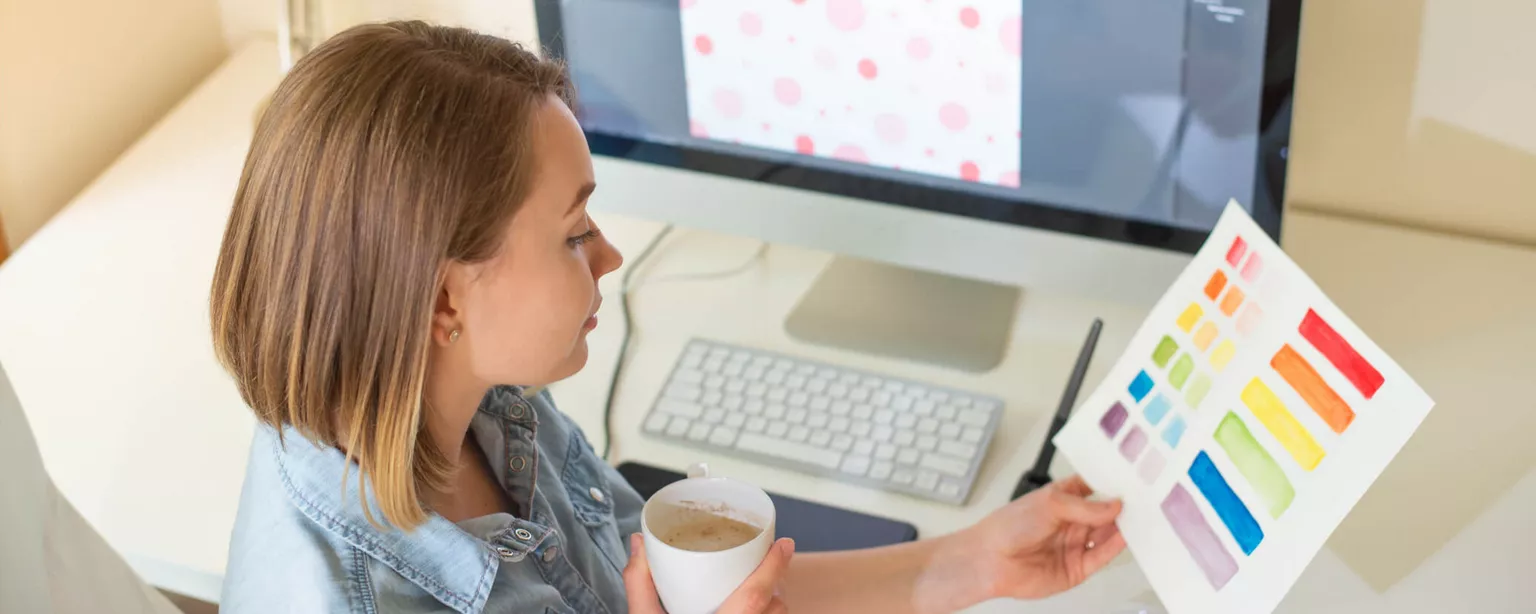As a graphic designer, you’ve probably had the opportunity to create a brand identity for a client. But have you taken the time to brand yourself?
Building your own brand is in many ways more important than the work you do for clients, because it demonstrates your strategic thinking and creativity to potential new clients — think of it as a kind of graphic designer introduction that gives potential clients insight into what you offer as a professional.
As in any business, when you brand yourself effectively as a graphic designer, you’re not only representing yourself well but also giving prospective clients and employers an idea of your level of professionalism and the confidence they need to hire you. This “introduction” or sorts begins the moment potential clients see your website or other marketing materials. Knowing how to introduce yourself as a graphic designer, then, is a crucial first step in giving prospective clients or employers instant insight into your brand.
But what does it mean to brand yourself? Personal branding for designers, as in other professions, is loosely defined as a representation of your professional skills and experience viewed through a lens that reflects your unique, authentic self.
Whether you’re a contract professional seeking new clients, or you’re looking for a permanent position in a creative agency or in-house department, branding yourself as a graphic designer should be Job 1 — even before you polish your digital portfolio and send out your graphic designer resume. Your brand should shine through in all your job search tools.







